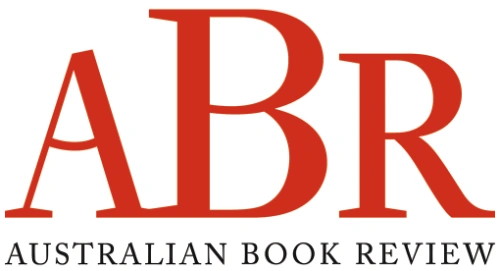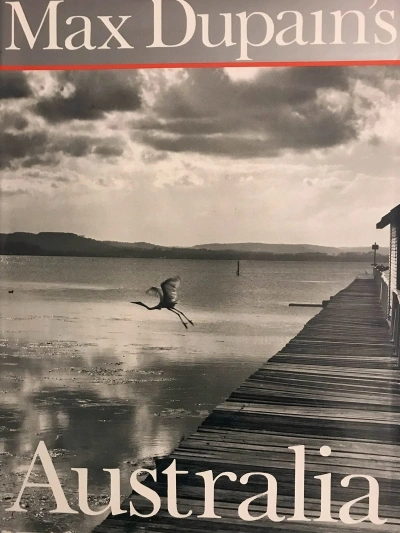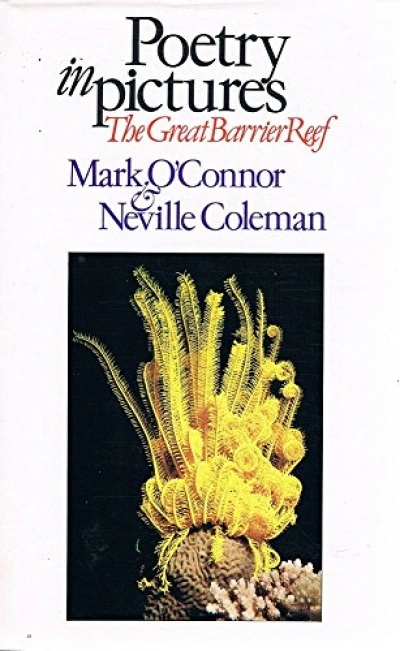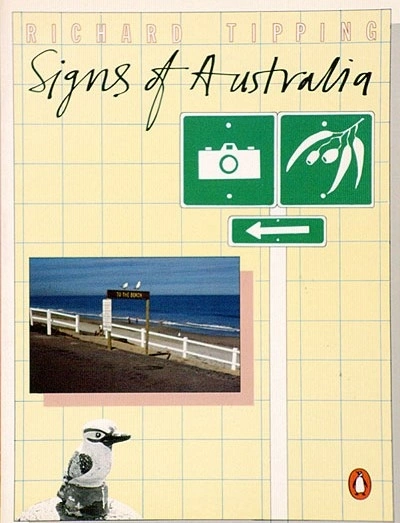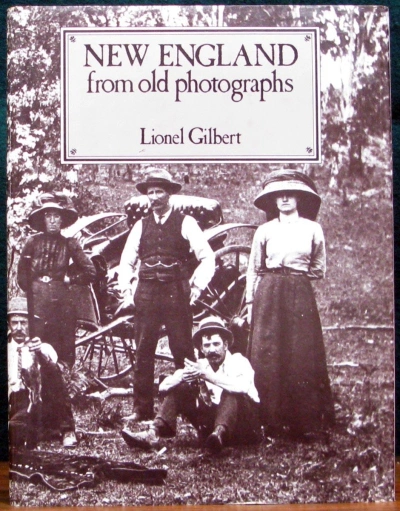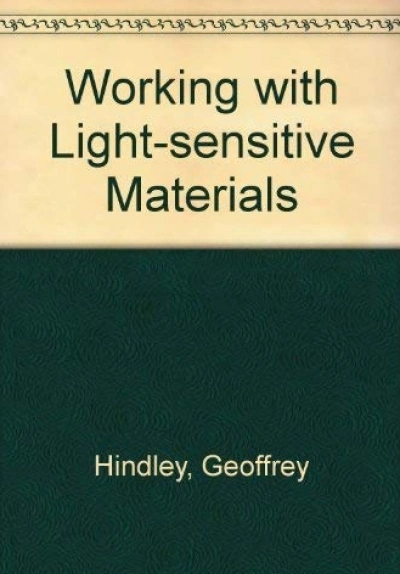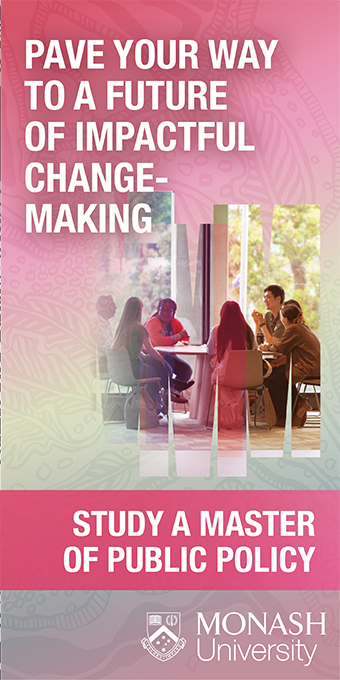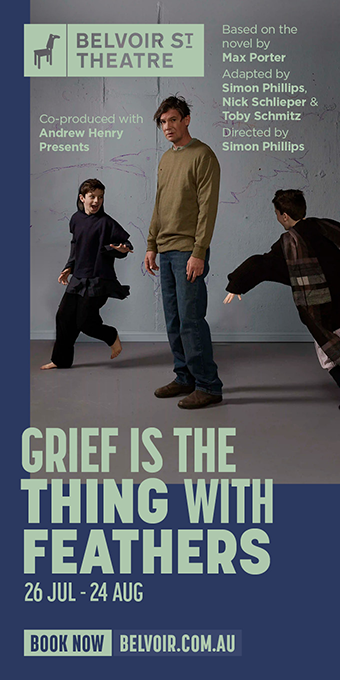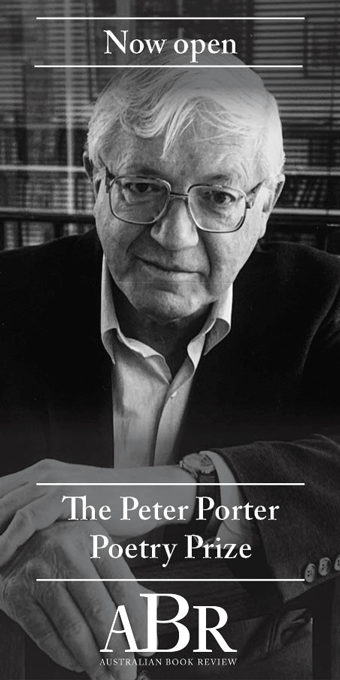Photography
I found Don Anderson’s essay ‘Leisure’ (ABR, August 1997) interesting, but was intrigued by his photo that covers almost one third of a page. There is a lengthy biographical note which tells us that Don is ‘a member of the English Department at the University of Sydney. His monthly column, ‘Between the Lines’, appears in the Sydney Morning Herald.’ The note also informs us that he contributes a quarterly essay to 24 Hours and has been appointed to the Board of the Sydney Writer’s Festival. I also find out from the note about his most recent book.
... (read more)Max Dupain’s Australia by Max Dupain & Max Dupain’s Australian Landscapes by Max Dupain
by Mary Eagle •
Poetry in Pictures: The Great Barrier Reef by Mark O’Connor and Neville Coleman
by Chris Tiffin •
New England from Old Photographs by Lionel Gilbert & Woollahra by Eric Russell
by Nancy Keesing •
Working with Light Sensitive Materials by Geoffrey Hindley
by Gus van der Heyde •
